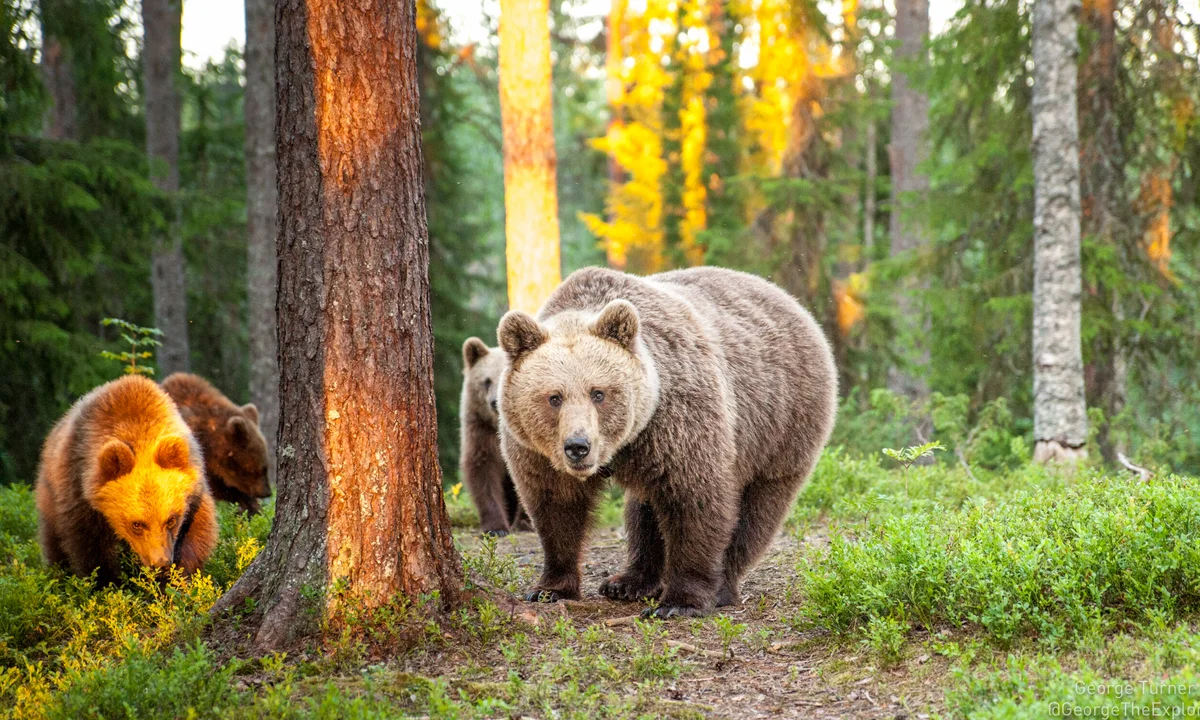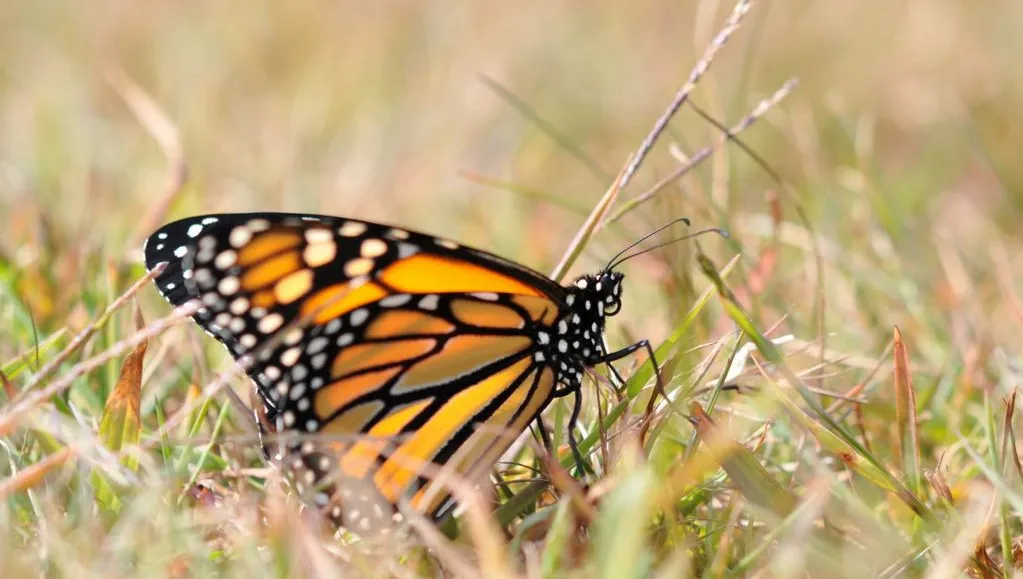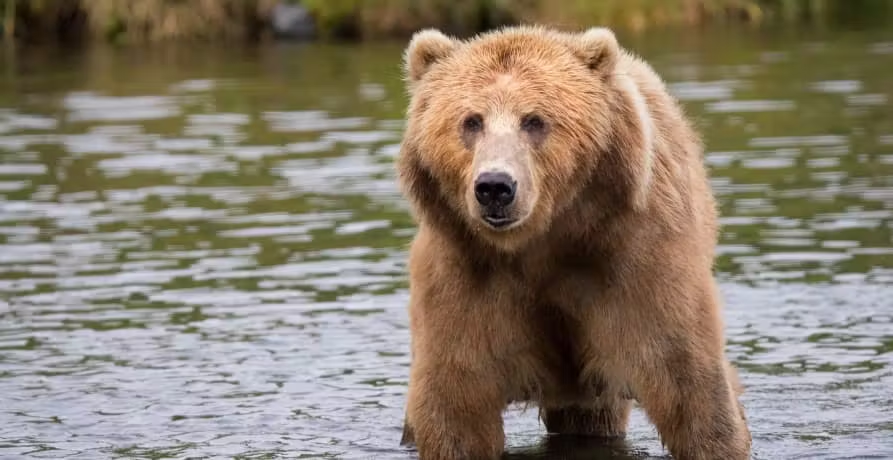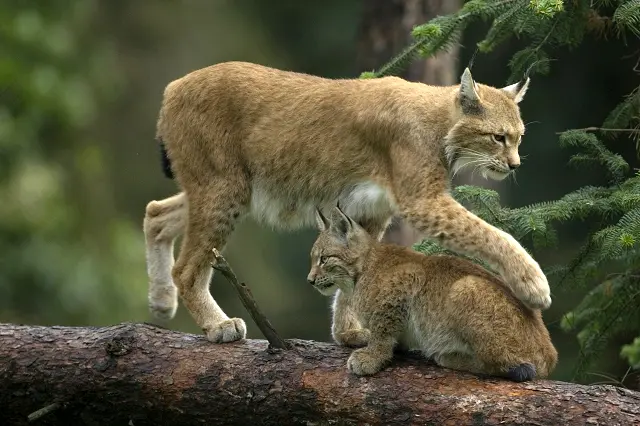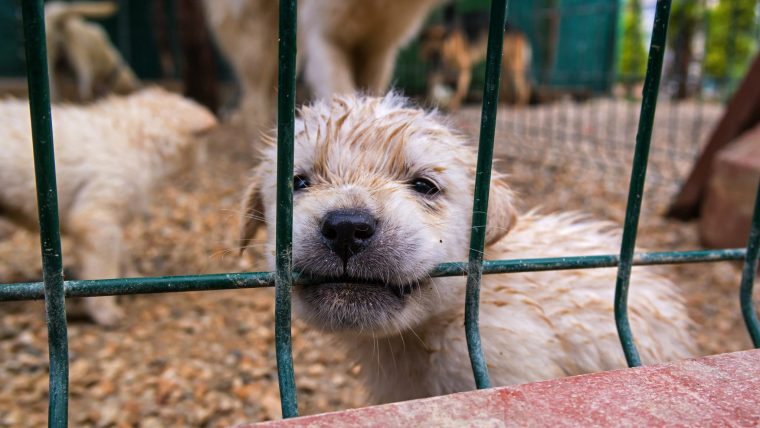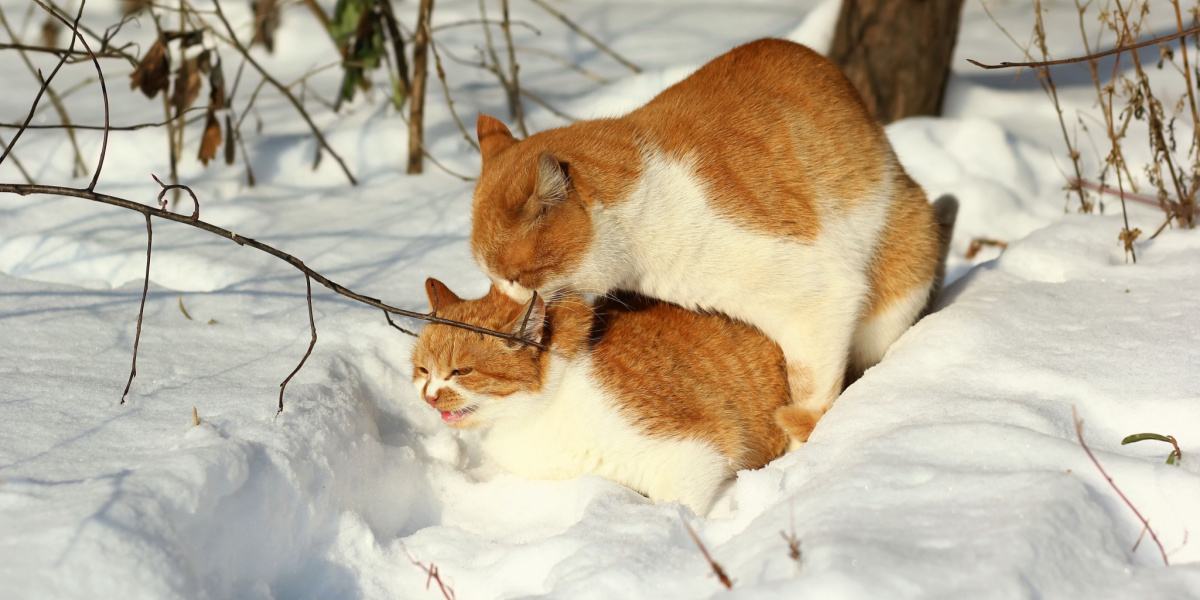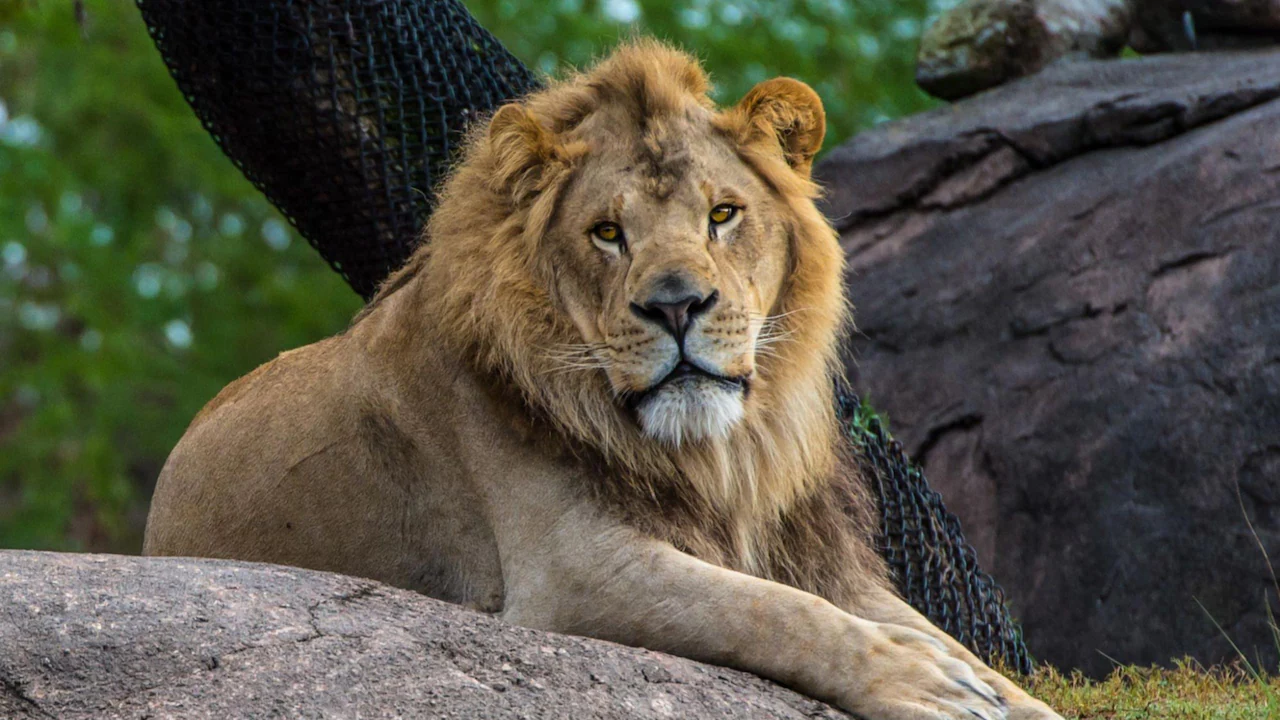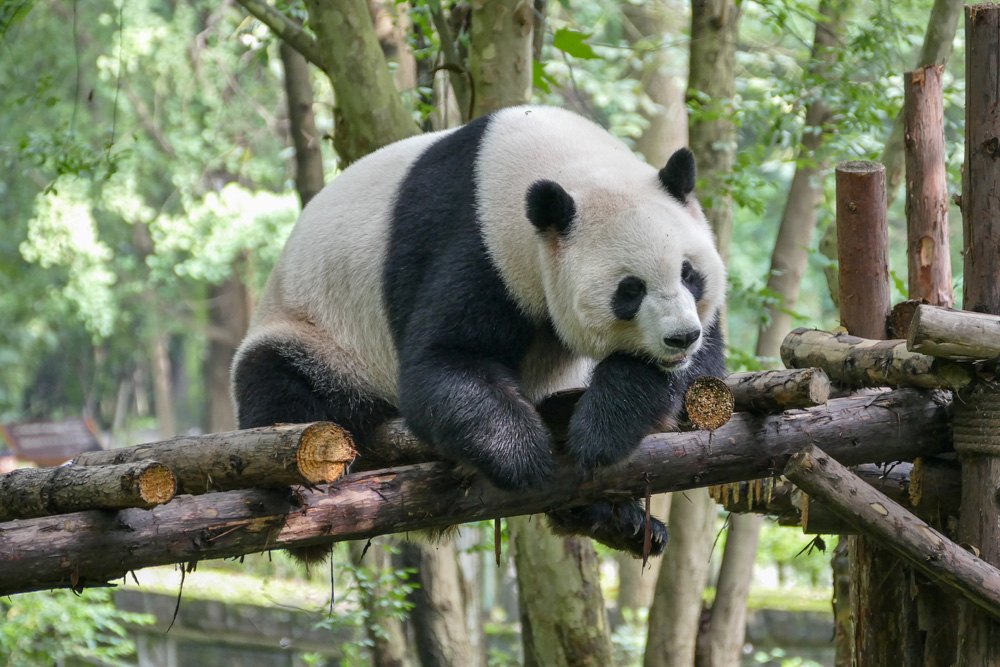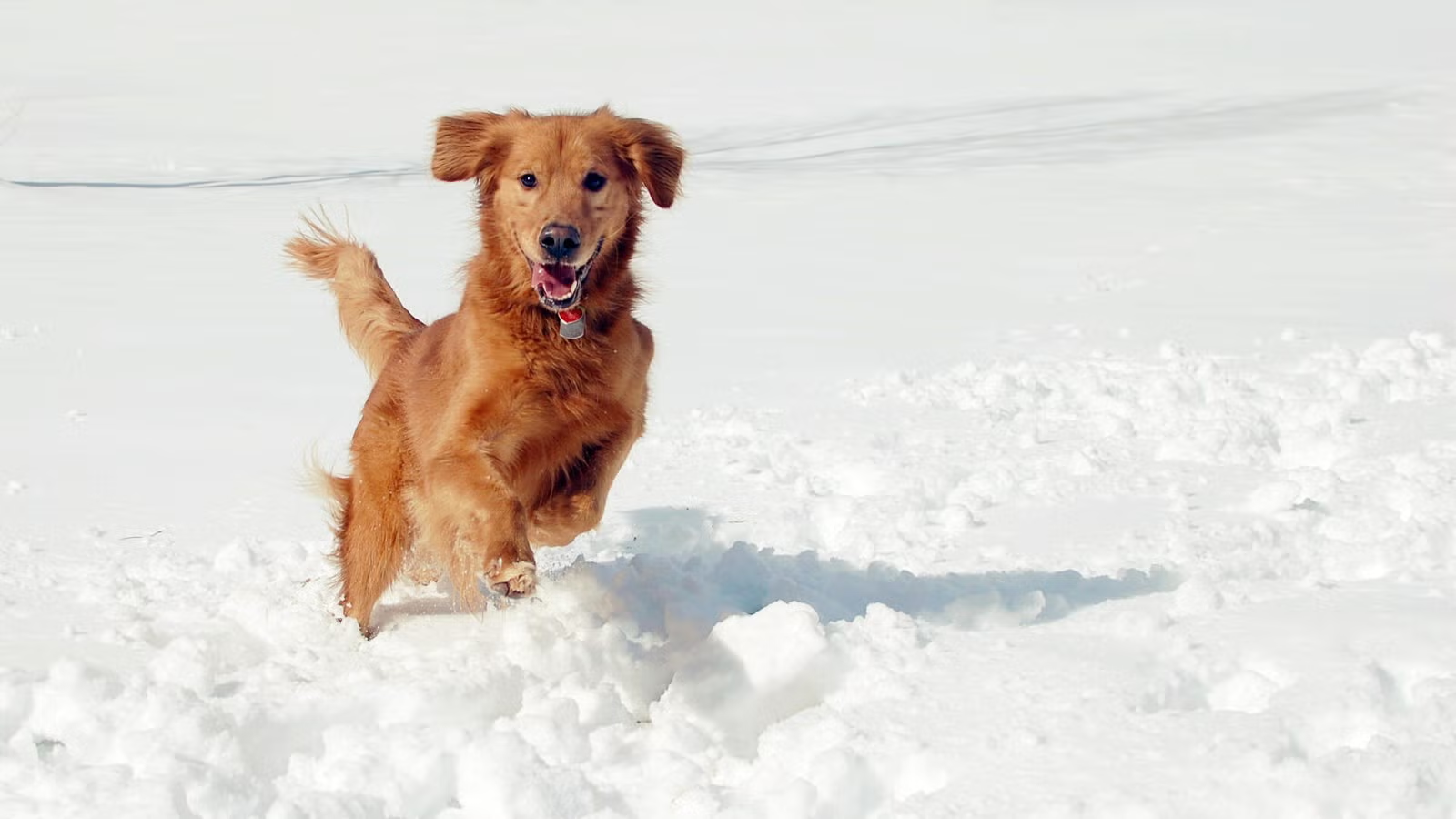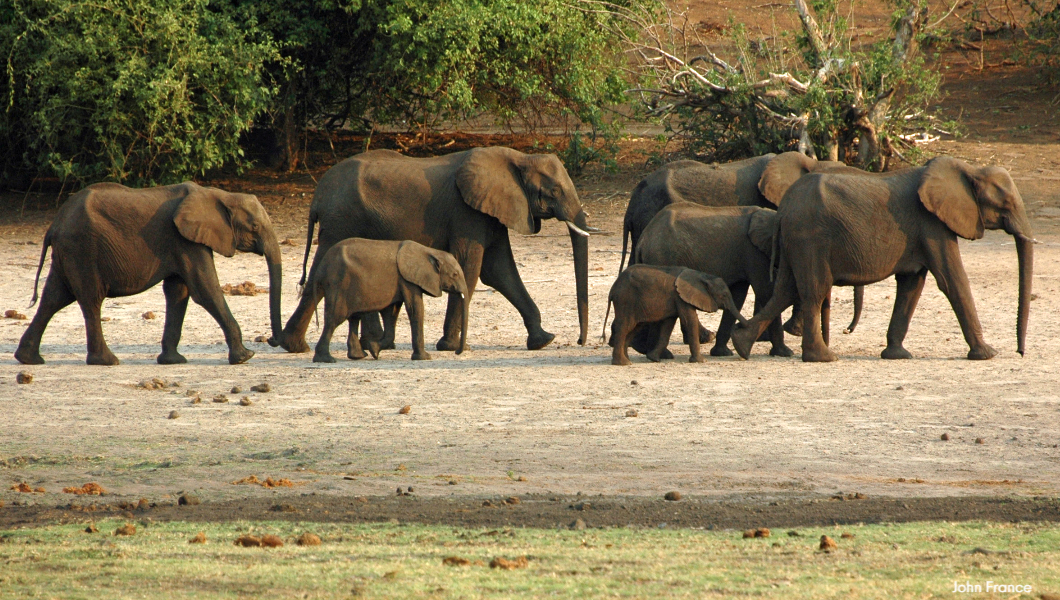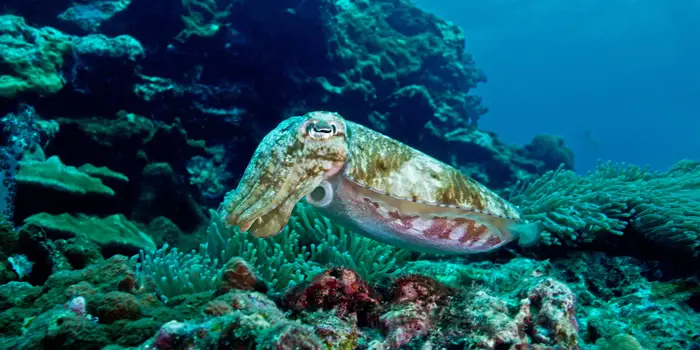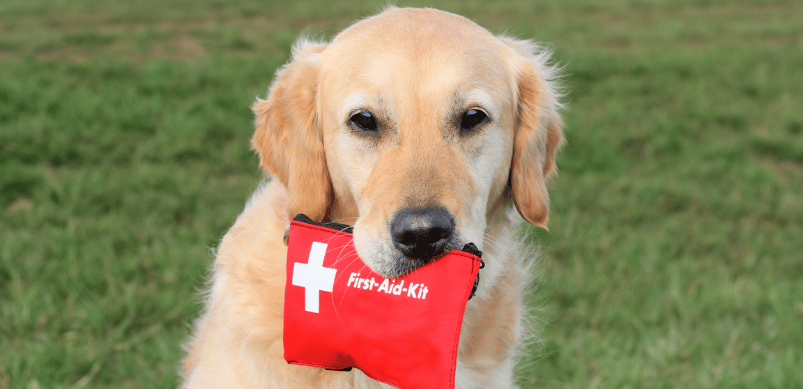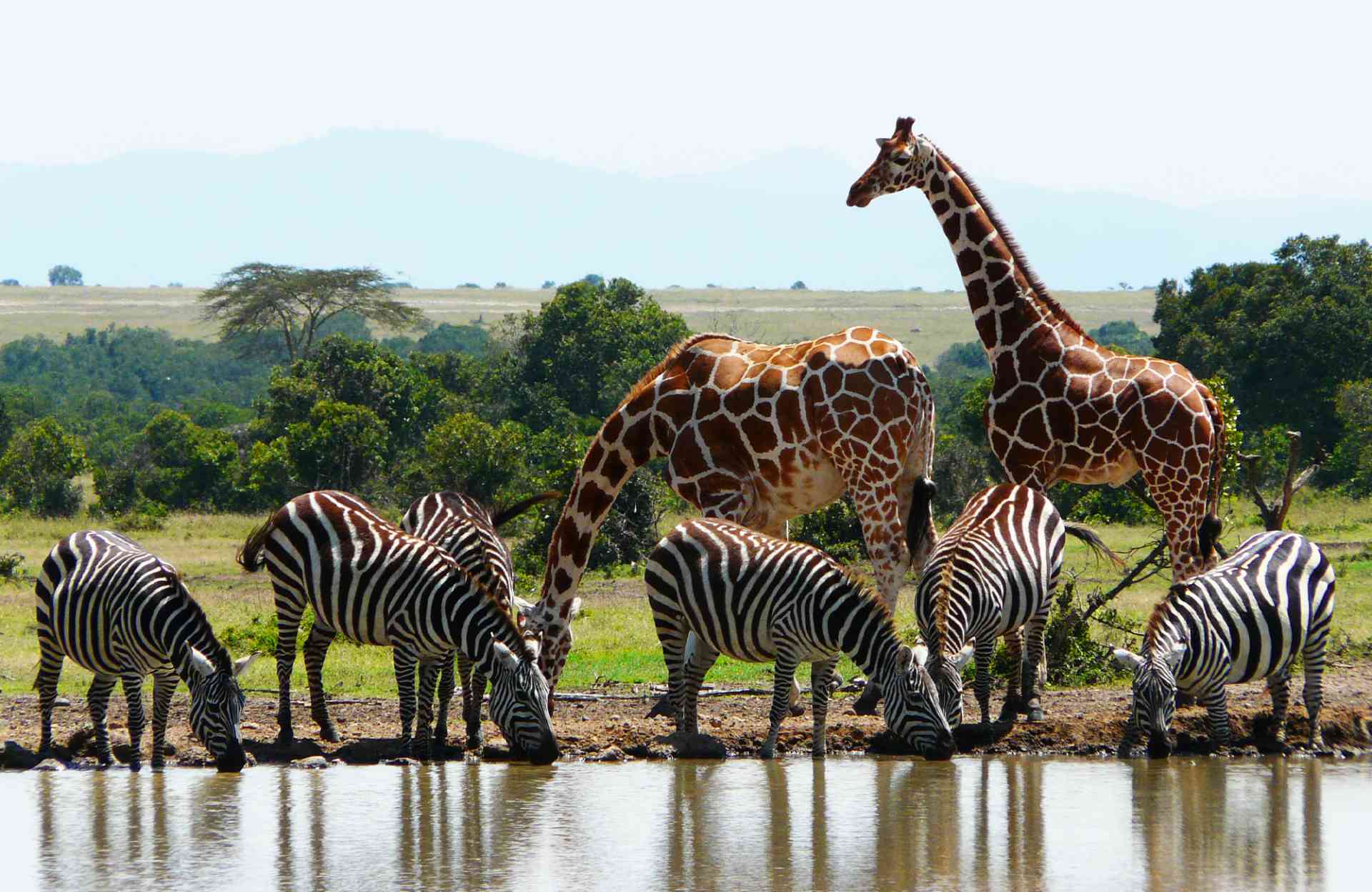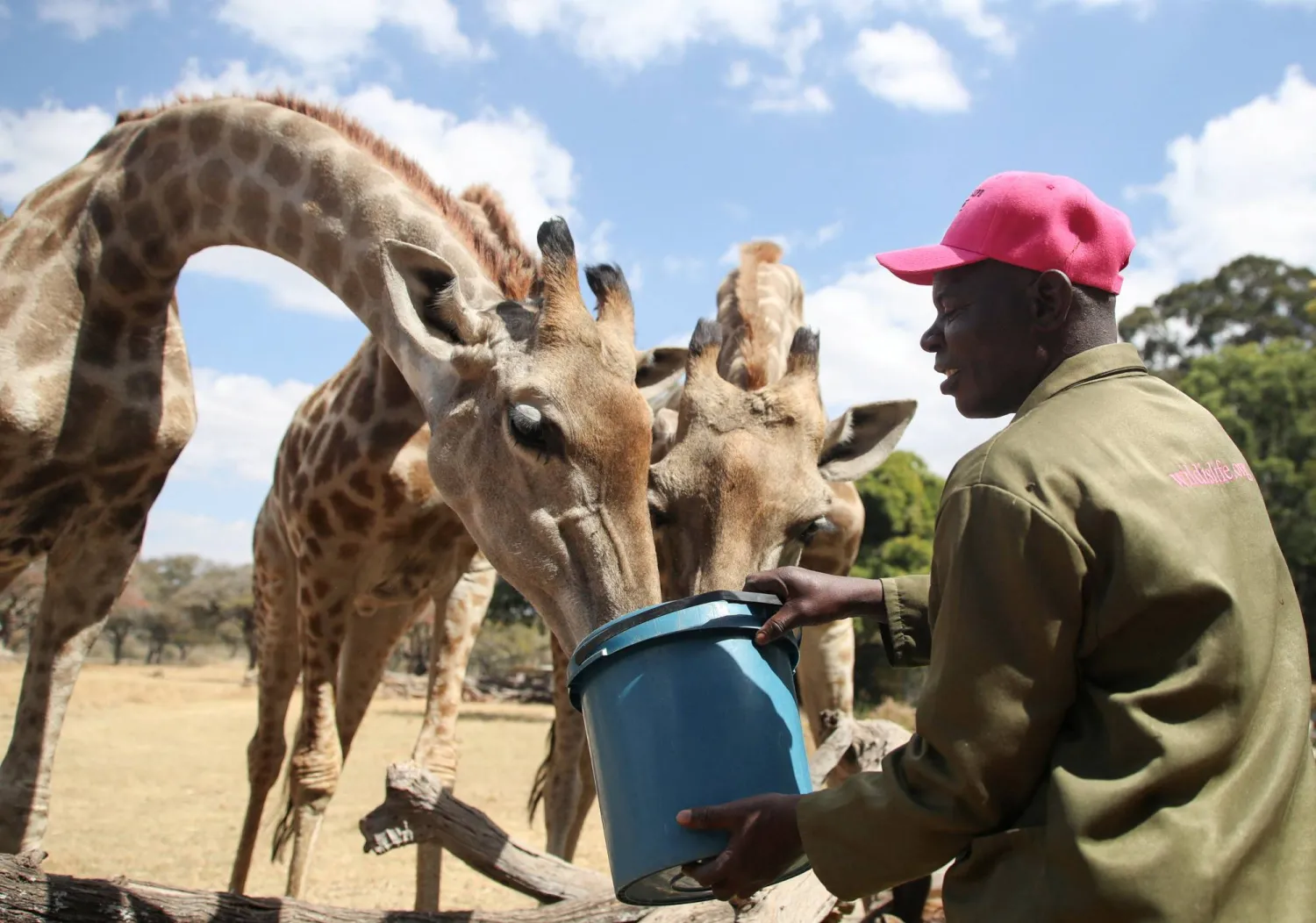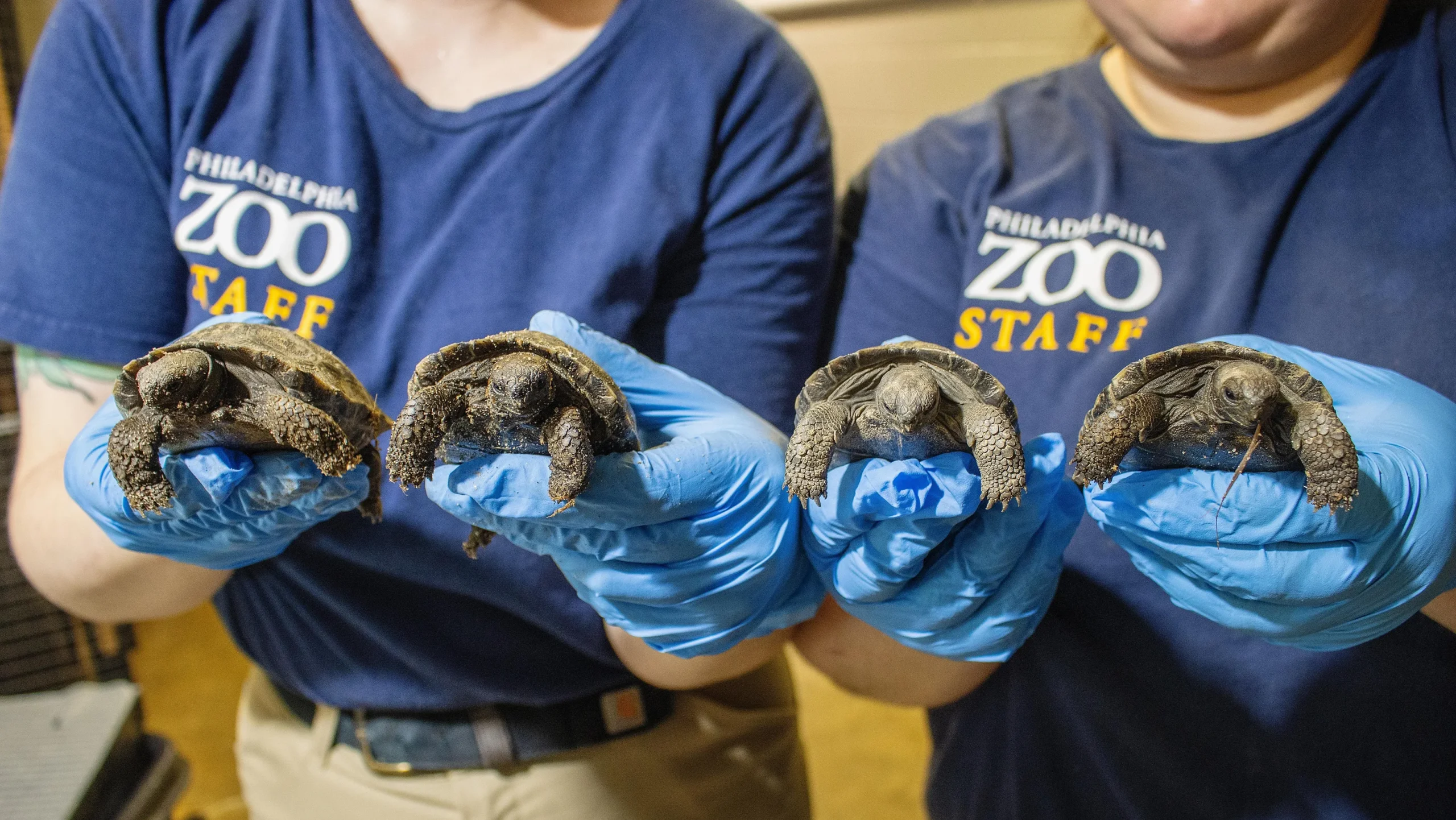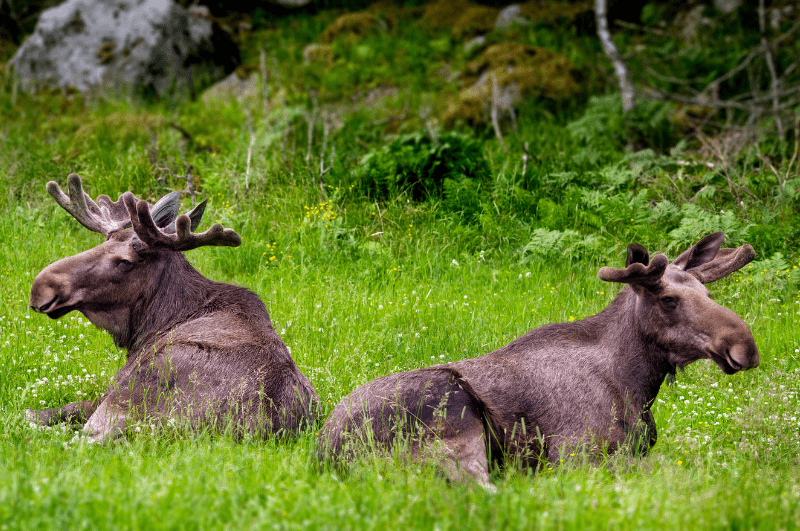Imagine standing on a misty cliff in Scotland, the salty breeze whipping through your hair, as a puffin colony explodes into the sky like feathered fireworks. That’s the magic I felt on my first wildlife trip to Europe years ago, a far cry from the crowded tourist spots I’d grown used to. Europe isn’t just castles and cafes—it’s a treasure trove of wild wonders, from elusive lynx slinking through Romanian forests to massive whales breaching off Portugal’s coast. If you’re itching to swap city streets for nature’s drama, this guide will walk you through how to spot Europe’s incredible animals responsibly, without turning into that annoying tourist who scares everything away. We’ll dive into the best spots, practical tips, and even some hidden gems, all while keeping things ethical and fun.
Understanding Europe’s Diverse Wildlife
Europe might be packed with people, but its landscapes—from Arctic tundras to Mediterranean shores—harbor surprising biodiversity. Think brown bears in the Carpathians, polar bears up north, or dolphins dancing in the Atlantic. These creatures thrive in protected parks and remote areas, but human encroachment means we must tread lightly to keep them around.
What draws so many to wildlife watching here? It’s the mix of accessibility and adventure—you can hop on a train from Paris and end up tracking wolves in the Alps. But remember, these aren’t zoo animals; they’re wild, so patience is key. I’ve learned that the hard way, waiting hours for a glimpse that never came, only to spot a herd of bison the next day by pure luck.
Why Choose Europe for Wildlife Watching?
Unlike Africa’s vast savannas, Europe’s wildlife experiences feel intimate and varied, often blending with cultural jaunts. You might spot eagles in Spain one day and sip wine in a nearby village the next. Plus, it’s budget-friendly for many, with short flights and affordable tours.
The continent’s rewilding efforts, like bringing back bison in Poland, add an inspiring layer— you’re not just watching; you’re witnessing conservation in action. I once joined a group in Romania where our fees funded bear habitats, turning a simple hike into something meaningful. It’s that blend of thrill and purpose that keeps me coming back.
Best Places to See Wildlife in Europe
From snowy Nordic realms to sun-soaked southern isles, Europe’s hotspots offer something for every nature lover. Whether you’re into birds, mammals, or marine life, these destinations deliver unforgettable encounters. Just pack layers—weather here is as unpredictable as the animals.
Northern Europe: Arctic Wonders and Forest Giants
Up north, think icy fjords and endless forests teeming with hardy species. Places like Svalbard in Norway top the list for polar bears lounging on ice floes, while Sweden’s Bergslagen Forest hides moose and wolves. It’s raw, remote, and rewarding if you’re prepared for the cold.
Svalbard feels like another planet, with beluga whales and Arctic foxes adding to the polar bear show. I recall bundling up for a boat tour, heart pounding as a massive bear ambled by—pure adrenaline without the crowds of traditional safaris. In Finland, summer camping often reveals beavers and cranes, with bear hides offering overnight stakeouts that feel like a cozy thriller novel.
Svalbard, Norway: Polar Bear Paradise
This archipelago is Europe’s ultimate for Arctic wildlife, where polar bears roam freely amid glaciers. Summer cruises let you spot them hunting seals, plus walruses and seabirds. It’s not cheap, but the midnight sun makes every moment magical.
Don’t miss the chance to kayak among icebergs—I’ve done it, feeling tiny yet alive as whales surfaced nearby. Responsible operators like Wildfoot Travel ensure minimal disturbance, turning your trip into a conservation boost.
Sweden’s Bergslagen: Moose and More
Just hours from Stockholm, this forested haven buzzes with moose, bears, and beavers. Guided canoe trips at dusk often yield sightings, with locals sharing tracking tips over campfire coffee.
One foggy morning, I spotted a moose family wading through a lake—it was serene, like stepping into a wildlife documentary. Opt for eco-lodges to support local economies while minimizing your footprint.
Western Europe: Coastal Charms and Mountain Mysteries
Here, the Atlantic coast and Alps steal the show. Scotland’s Isles of Mull host otters and eagles, while France’s Mercantour National Park hides wolves. It’s perfect for combining wildlife with hikes or beach days.
The diversity surprises: from puffins in the UK to chamois in the Pyrenees. My trip to the Scottish Hebrides involved spotting seals from a boat, their curious eyes peeking up like nosy neighbors—humorous and heartwarming.
Scotland’s Outer Hebrides: Bird and Marine Magic
St Kilda’s cliffs teem with puffins and gannets, a seabird spectacle that’s UNESCO-listed. Boat tours from the mainland offer close views, with orcas sometimes crashing the party.
I laughed when a puffin dropped a fish right by my feet—clumsy yet endearing. Go in summer for breeding season, and choose operators focused on low-impact viewing to protect these fragile colonies.
French Alps: Wolf Tracking Adventures
Mercantour’s trails let you track wolves with experts, learning signs like paw prints. Winter hikes up the thrill, though sightings aren’t guaranteed—nature’s lottery.
Volunteering at a wolf sanctuary added depth to my visit, hearing stories of rehabilitation that tugged at the heartstrings. It’s educational, emphasizing coexistence over fear.
Eastern Europe: Ancient Forests and Big Beasts
Eastern spots like Romania and Poland preserve Europe’s wild heart. Białowieża Forest in Poland shelters bison, while Romania’s Carpathians boast bears and lynx. It’s affordable and authentic.
These areas feel timeless, with primeval woods echoing with howls. On a Romanian hike, a bear sighting left me breathless—respectful distance kept it safe for all.
Poland’s Białowieża: Bison and Beyond
Europe’s last ancient forest hosts over 600 bison, best seen on bike safaris. Add lynx and wolves for a full predator lineup.
Cycling through misty trails, I felt like an explorer, spotting beavers by rivers. Year-round access (except May/November) makes it flexible, with guides ensuring ethical encounters.
Romania’s Carpathians: Bear Watching Hubs
Half of Europe’s brown bears live here, viewable from hides in the Făgăraș Mountains. Spring mating season boosts chances.
Hiding in a wooden blind at dusk, the anticipation built like a suspense film—then a bear appeared, munching berries. Rewilding projects here make your visit part of the solution.
Southern Europe: Mediterranean Marvels
Sunny south offers marine and mountain thrills. The Azores for whales, Spain’s Pyrenees for vultures and butterflies. It’s vibrant, with wildlife woven into cultural tapestries.
Dolphins off Portugal or lynx in Spain—diverse and dazzling. A whale-watching boat in the Azores had me whooping as humpbacks breached, a symphony of splashes.
Azores, Portugal: Whale and Dolphin Hotspot
This volcanic chain sees 26 cetacean species, with sperm whales year-round. Boat tours from Faial guarantee sightings in summer.
Diving with dolphins felt like joining an underwater party—playful and profound. Marine protected areas ensure sustainability, so pick certified outfits.
Spain’s Sierra de Andújar: Iberian Lynx Realm
Rare lynx prowl this park, alongside ibex and eagles. Guided tours in winter maximize views.
Spotting a lynx’s tufted ears through binoculars was a triumph after hours of waiting—patience pays off. Combine with Donana’s wetlands for flamingos and horses.
Responsible Wildlife Tourism: Do’s and Don’ts
Seeing wildlife ethically means prioritizing animal welfare over selfies. Choose tours that follow guidelines like no baiting or close approaches. It’s about observation, not interaction.
Irresponsible tourism stresses animals, altering behaviors. I’ve seen groups too loud, scaring off birds—ruining it for everyone. Stick to paths, use quiet voices, and support conservation-focused companies.
- Do: Research operators via WWF or Rewilding Europe for ethical creds.
- Don’t: Use flash photography or drones, which disturb nesting sites.
- Do: Leave no trace—pack out trash to protect habitats.
- Don’t: Feed animals; it disrupts natural foraging.
Pros of Responsible Tourism:
- Supports local jobs and conservation funds.
- Ensures long-term wildlife survival.
- Provides authentic, guilt-free experiences.
Cons:
- Might cost more than budget options.
- Sightings aren’t guaranteed, requiring flexibility.
Choosing the Best Wildlife Tours and Safaris
Europe’s tours range from day trips to multi-week adventures. Companies like Naturetrek or Exodus Travels offer expert-led groups, blending education with excitement.
For safaris, think boat-based in the Azores or walking in Romania— no jeeps needed here. I joined a small-group bear tour in Italy, where our guide’s stories made waits fly by.
Comparison Table: Top Tour Types
| Tour Type | Best For | Duration | Cost Range | Example Provider |
|---|---|---|---|---|
| Boat Safaris | Marine life like whales | 3-7 days | $500-$2000 | Wildfoot Travel |
| Walking Tours | Mammals like bears/lynx | 4-8 days | $800-$1500 | Naturetrek |
| Birdwatching Trips | Avian species | 5-10 days | $1000-$2500 | Responsible Travel |
| Volunteering Expeditions | Hands-on conservation | 7-14 days | $600-$1200 | WWF Travel |
Navigational Tip: Where to Get Tours? Check sites like Viator for bookings or local parks’ websites for guided options. Transactional: Best tools include binoculars (e.g., Nikon Prostaff), apps like iNaturalist for ID, and sturdy boots for hikes.
Essential Tips for Successful Wildlife Spotting
Preparation turns good trips great. Best times? Spring for mating, summer for migrations, winter for wolves. Pack binoculars, weather gear, and a journal for notes.
Go early or late—animals avoid midday heat. I’ve had dawn successes spotting otters in Scotland, coffee in hand. Humorously, bring bug spray; Europe’s insects are enthusiastic welcomers.
- Use apps for real-time sightings.
- Join local clubs for insider tips.
- Learn basic animal signs like tracks.
- Stay hydrated and patient—nature doesn’t rush.
What is Wildlife Spotting? It’s observing animals in their habitats without interference, blending science and serenity.
People Also Ask
Based on common queries from wildlife enthusiasts:
Where can I see bears in Europe?
Romania’s Carpathians or Sweden’s forests are prime, with guided hides offering safe views. Avoid solo hikes—bears are powerful but shy.
What is the best time to see wildlife in Europe?
Summer for birds and marine life, winter for predators like wolves. Check seasonal migrations for optimal chances.
Are there safaris in Europe?
Yes, but boat or walking-based—think Azores whale safaris or Polish bison tours, more intimate than African versions.
How to observe wildlife responsibly?
Follow guides, keep distance, and support ethical operators to minimize impact.
What wildlife can I see in the UK?
Puffins in Scotland, seals in Cornwall, deer in national parks—plenty without leaving home.
Challenges and How to Overcome Them
Weather can derail plans—rainy days hide animals. Solution: Flexible itineraries and indoor alternatives like sanctuaries.
Crowds in popular spots? Opt for off-season or lesser-known areas like Estonia’s islands. Cost barriers? Budget tours or DIY with apps save money without skimping on ethics.
Pros of Overcoming Challenges:
- Builds resilience and deeper appreciation.
- Leads to unique, uncrowded encounters.
Cons:
- Requires extra planning.
- Potential for disappointment if sightings flop.
The Future of Wildlife in Europe
Rewilding initiatives promise brighter days, with bison and beavers returning. Your tourism dollars fuel this—choose wisely.
I’ve seen hope in Romania’s expanding parks, where locals beam about thriving wildlife. It’s a reminder: our actions matter.
FAQ
What are the top animals to see in Europe?
Brown bears, lynx, whales, bison, and puffins top the list, varying by region.
How much does a wildlife tour in Europe cost?
Expect $500-$3000 per person for 3-10 days, including guides and lodging—affordable compared to global safaris.
Is wildlife watching safe in Europe?
Yes, with guides; respect distances from large mammals to avoid risks.
Can I see wildlife without a tour?
Absolutely—in parks like the UK’s New Forest—but tours enhance safety and success.
What gear do I need for wildlife spotting?
Binoculars, camera, waterproof clothing, and a field guide app are essentials.
Wrapping up, seeing wildlife in Europe is about connection—to nature, locals, and yourself. Whether it’s a bear’s distant roar or a dolphin’s leap, these moments linger. Plan responsibly, embrace the unexpected, and you’ll return with stories worth sharing. Safe travels—may your binoculars stay busy!
(Word count: 2,756)
